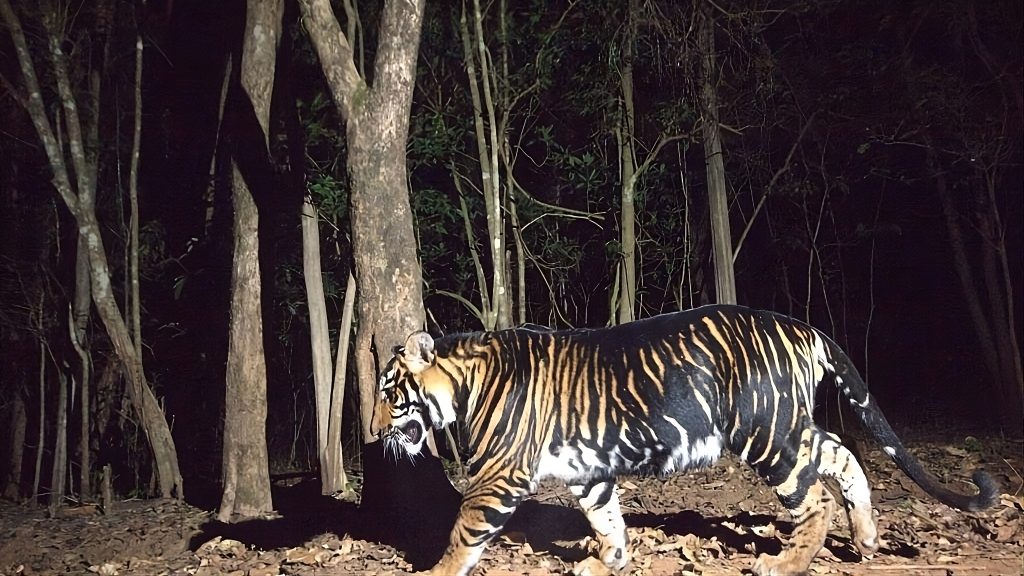False jaguars are not completely black, but they are strikingly different from their peers.
The Indian state of Orissa announced the organization of the world's first safari where black tigers can be seen IFLScience. False specimens were first observed in the Similipal Tiger Reserve in the 1970s.
These animals are genetically mutated individuals of the Bengal tiger subspecies.
False jaguars are not completely black, but they are strikingly different from other species. As a result of this mutation, melanin pigment is produced in excess in the cells of affected animals. In the case of melanism, the coat will be completely black, which is observed in black panthers, while albinism, also found in cats, involves a lack of pigment.
Based on estimates, one out of every three animals in the Similipal Tiger Reserve is black. The dark stripes of false tigers are unusually large, even impressive.
A gene called taqbib is behind the unique color variant. None of the 395 animals living near the reserve bear the collar, indicating that the black population does not mix with tigers outside its range.
This is a sign of inbreeding, which can cause serious problems in small herds. The isolation of the pseudopopulation was caused by human activity, presumably habitat fragmentation.
New safaris have been developed near Baripada, which is just 15 kilometers from the reserve. The area is about 200 hectares.












































